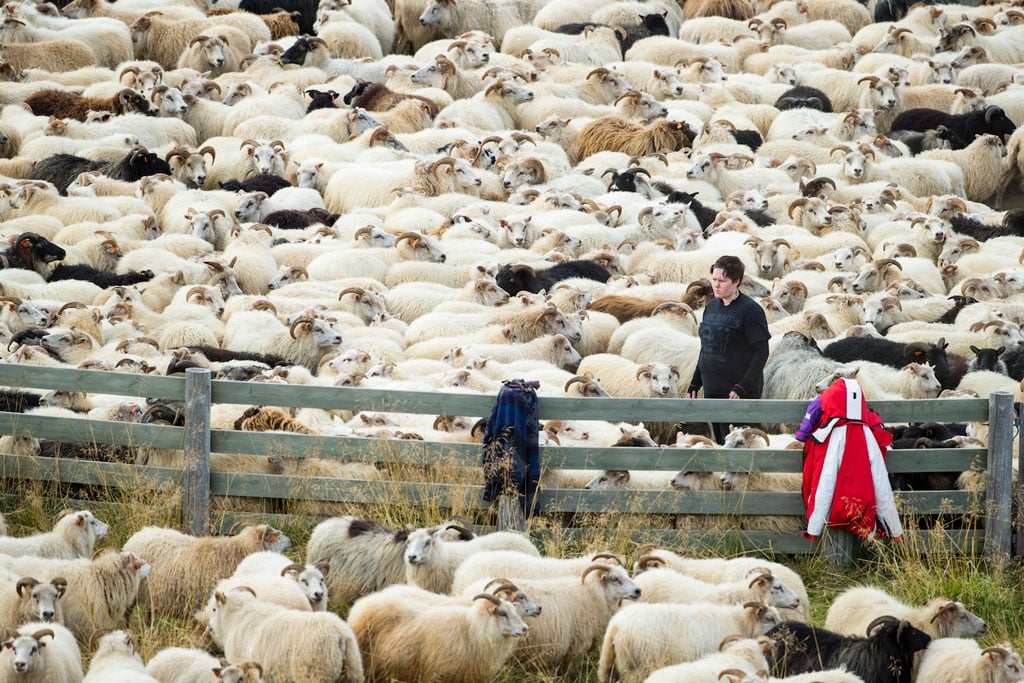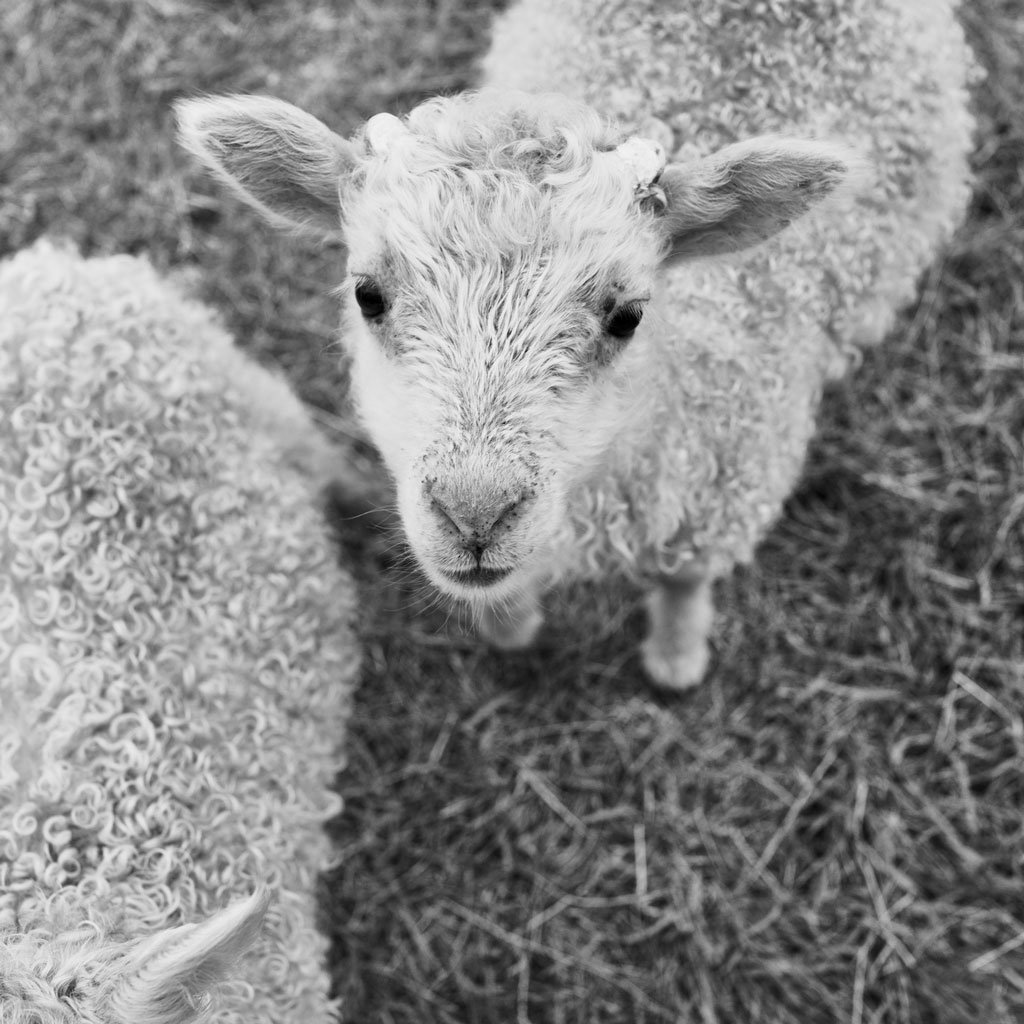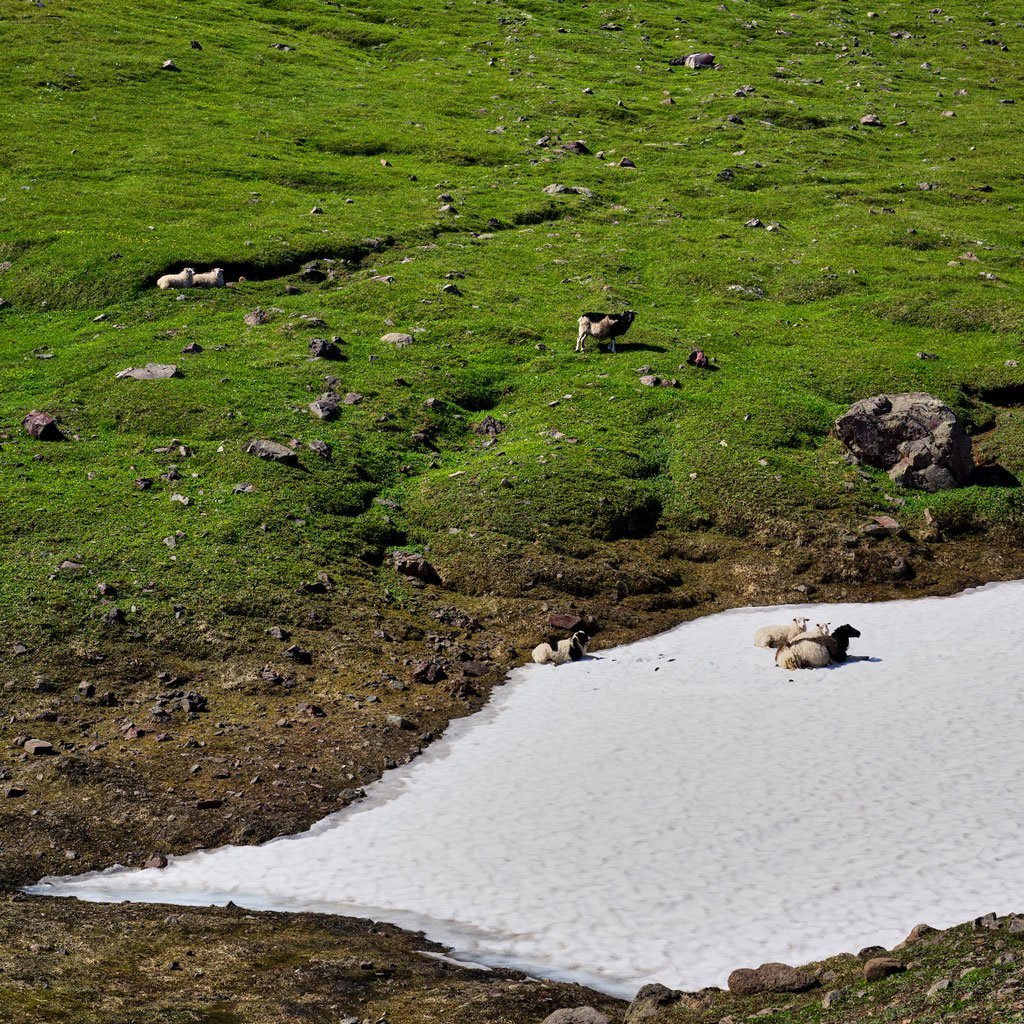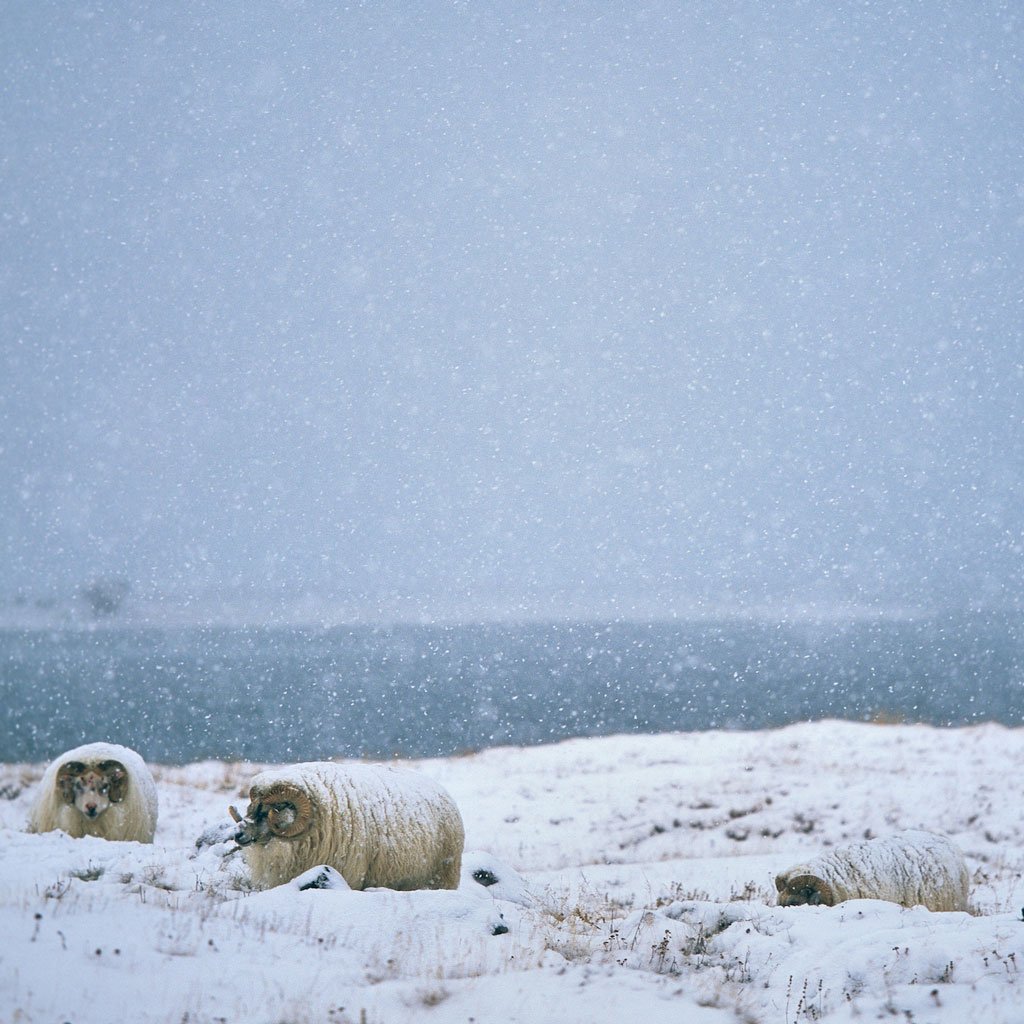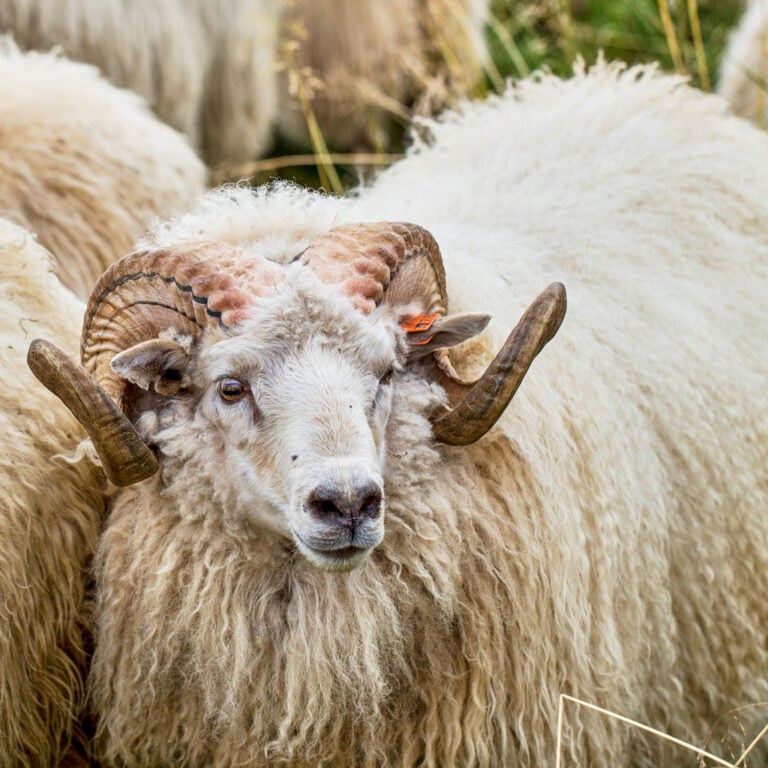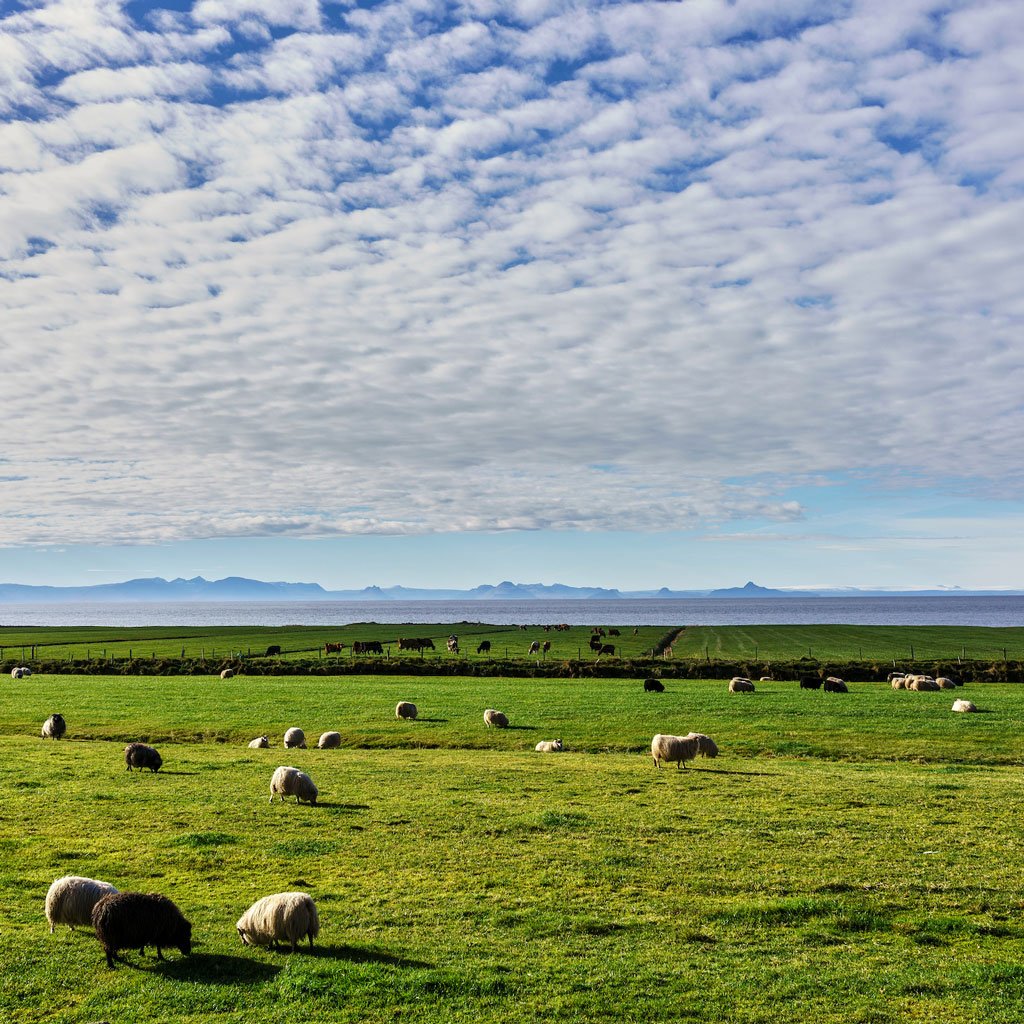It can be strongly argued that sheep have sustained the Icelandic nation for the first 1100 years, and even beyond the middle of the 20th century. Sheep would provide both food and unique wool, which kept us warm here in the north. Now, for the first time in the history of Iceland, there are more people living in Iceland than sheep: according to figures from Statistics Iceland, there are currently 365,290 sheep in Iceland, while the population of the country is 403,044 according to the National Registry. The record number of sheep since the settlement began occurred in 1977, with 896,000 sheep in the country, while the Icelandic population was 222,658. In 1760, there were 357,000 sheep in Iceland to a population of 43,716. If sheep were to be in the same proportion as then, there would be 3.5 million sheep here instead of merely 365 thousand. But then again, habits have changed; two years ago, lamb lost its first place as the meat that Icelanders consume the most, after 1147 years unchallenged at the top. Chicken took the top spot, and last year pork shot past lamb as well. A new era beckons, when lamb is in the bronze position after over a thousand years at the top.
